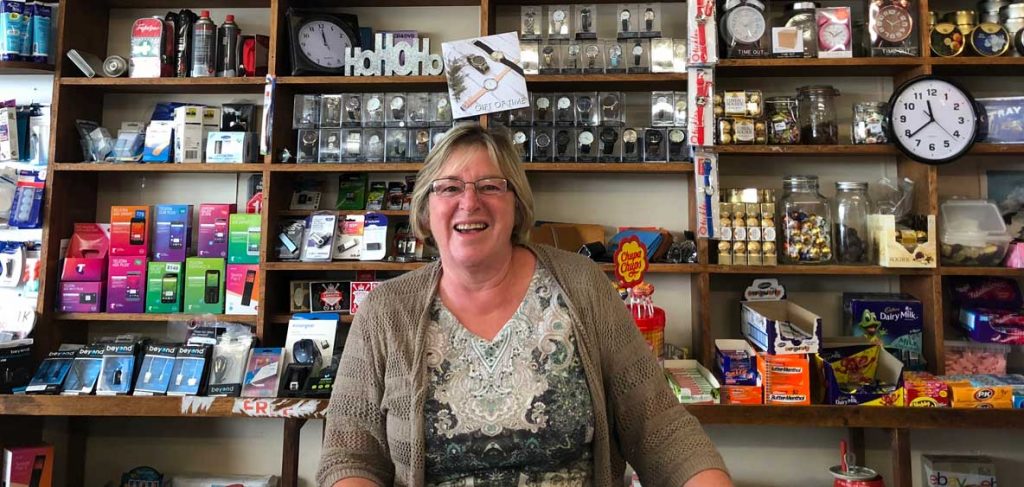Wind turbine, solar and battery combination at Flinders Island
Flinders Island is slow, it’s quiet. Mainland Tasmania is a flight or an eight-hour ferry ride away and locals have long prided themselves on their self-reliance in the face of geographic isolation and the elements of the stormy Bass Strait.

Thanks to a $5.5 million investment from ARENA, Hydro Tasmania has launched an innovative Hybrid Energy Hub consisting of a wind turbine, solar and battery that aims to reduce diesel use by 60 percent at Flinders Island.
In this series finale of The Innovators, we pay a visit to Flinders Island as the community takes another step towards self-reliance and prepares to make a shift from traditional diesel generation to dispatchable renewables.
The hub is a testing ground for a new form of modularised technology – the equipment is all housed in shipping containers that were pre-assembled and shipped to the island – and aims to cut blackouts dramatically, but many locals still remember the days of low-voltage diesel generators and kerosene stoves.
“You couldn’t run the toaster and the kettle at the same time,” says Kate Mooney. “I still take a torch to bed.”
Mooney works at Bowman’s store, one of the island’s oldest continuous businesses. It is mostly a newsagency now, run by third-generation shopkeeper Lois Ireland.
Ireland grew up in the shop, quite literally: it is inside the house her parents made and through the kitchen, in the old lounge, she’s created a history room filled with relics from her family’s past. Old flour packets, an ornate calculating scale, even a ladies’ girdle.
“The history of Bowman’s follows the history of Flinders Island itself,” she says.
It was only in 1984 that the switch was flicked on a centralised diesel generator to bring power to the whole island but today, a small electric car driving down the main street of its main town, Whitemark, hints at the future vision that this community of less than 1000 people has for itself.
The Clean, Green Airport Shuttle is just one of the initiatives Flinders Island locals have taken up. Others can be seen spinning on a rise pointing west, overlooking the less-than-romantically named Trouser Point. There, Hydro Tasmania’s new 900 kilowatt wind turbine stands above three, smaller, privately-owned turbines that have been feeding energy into the local grid for years.
Further down on Thule Road is the hub itself, where a 200 kW solar array, 750 kW/300 kWh battery, 850 kVA flywheel, and 1.5 MW dynamic resistor recently hit 83 hours straight of renewable generation.
For Aronn Daw, who came to Flinders Island to work for Hydro Tasmania as a 19-year-old and has since made a life and family there, the hub’s success so far is a source of great pride
“It’s a real good thing for the future and the young kids who live here to have something to brag about.”
Listen to the full episode of The Innovators for a further in-depth conversation with Ray Massie, manager of Hybrid Energy Operations at Hydro Tasmania, hosted by Adam Morton.
And don’t forget the other episodes in our series. Episode one, featuring PowerLedger co-founder Jemma Green, episode two, with the Melbourne academics who invented a hyrdogen-generating solar paint , episode three, with social entrepreneur and Clean Energy Innovation Fund manager Katerina Kimmorley, episode four with GreenSync’s Bruce Thompson, and episode five, with Telstra Energy’s Nada Kalam.
This article was originally written by Dewi Cooke, Writer.
LIKE THIS STORY? SIGN UP TO OUR NEWSLETTER

ARENA